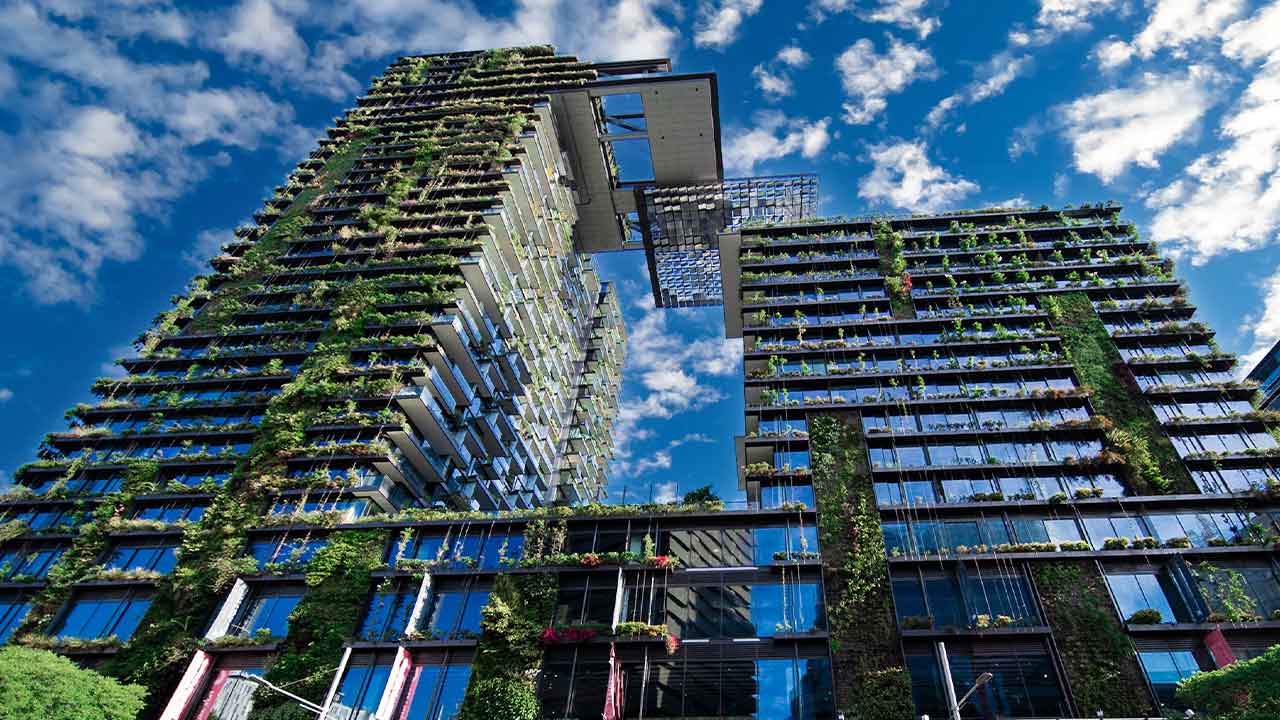Building and construction emissions and energy use reaches record levels

Despite improvements in energy efficiency, greenhouse pollution levels from the building and construction sector reached an all-time high in 2021.
A new report on the building and construction sector by the United Nations Environment Programme released for COP27 found energy demand in buildings – for heating, cooling, lighting and equipment – increased by 4% from 2020 levels. As a result, the sector’s emissions increased 5% compared to 2020.
While the increase partly reflects a re-bound in building and construction activities after the pandemic, energy and emissions levels were also above 2019 levels.
This is significant because the sector accounts for around a third of total energy demand, the report says.
The UN Secretary General Antonio Guterres told the opening forum of COP27 that the future of the planet is in our hands. “…and the clock is ticking. We are in the fight of our lives. And we are losing. Greenhouse gas emissions keep growing. Global temperatures keep rising. And our planet is fast approaching tipping points that will make climate chaos irreversible.
“We are on a highway to climate hell with our foot still on the accelerator. “
With the release of the report, UNEP executive director, Inger Andersen added: “If we do not rapidly cut emissions in line with the Paris Agreement, we will be in deeper trouble.”
The UNEP report argues investments in energy efficiency must be sustained in the face of growing crises – such as the war in Ukraine and rising energy and living costs – to help with reducing energy demand, avoiding greenhouse gas pollution and reducing energy cost volatility.
“The solution may lie in governments directing relief towards low and zero-carbon building investment activities through financial and non-financial incentives,” Andersen says.
Also critical to reducing the sector’s emissions are including buildings in climate pledges under the Paris Agreement – known as Nationally Determined Contributions – and mandatory building energy codes.
The report’s recommendations include: building coalitions of stakeholders in support of sustainable buildings, governments introducing mandatory building energy codes and government policies, increasing investment in energy efficiency and commitments from industry.
This article was originally published on Cosmos Magazine and was written by Petra Stock.
Image: Getty Images
